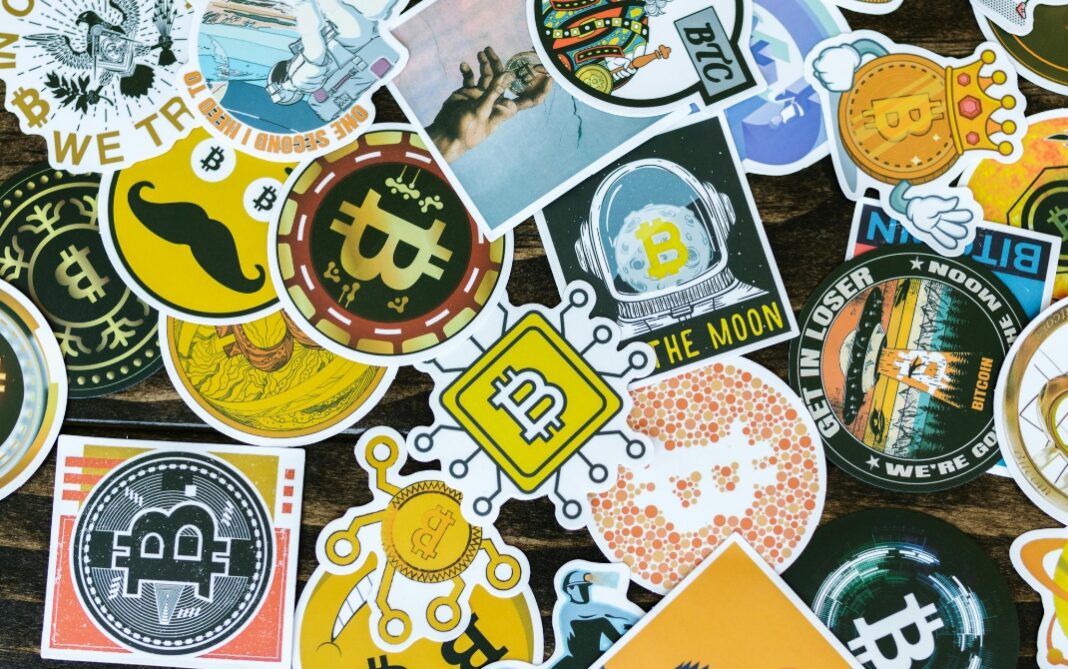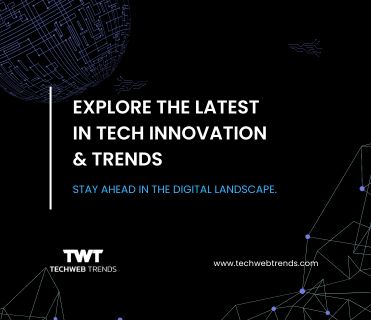Blockchain technology, once a topic of speculative hype, has matured into a versatile solution driving meaningful progress across industries. In 2025, blockchain is poised to lead innovations in cryptocurrency, digital verification, financial services, and beyond. Here’s a look at 12 trends shaping the blockchain landscape for the near future:
Proven Reliability and Resilience
Over the years, blockchain has proven its strength as a secure and reliable system for value storage. Its immutability—ensuring data integrity—remains a cornerstone for various industries exploring robust record-keeping solutions.
Energy-Efficient Protocols
Sustainability has become central to blockchain advancements. Energy-intensive methods like proof-of-work are giving way to proof-of-stake mechanisms, drastically reducing the environmental footprint of blockchain operations.
Governments Embrace Clarity
Regulatory bodies are providing clearer frameworks, making blockchain-based operations more stable and predictable. Initiatives across the U.S., Europe, and other regions aim to balance innovation with compliance, boosting confidence among businesses and users.
Tokenization of Real-World Assets
The ability to tokenize physical assets—such as real estate or collectibles—is unlocking new investment avenues. Blockchain makes fractional ownership possible, enhancing liquidity in traditionally illiquid markets.
Stablecoins Gain Traction
Unlike volatile cryptocurrencies, stablecoins offer reliability by tying their value to fiat currencies or tangible assets. This development is making blockchain-based transactions more appealing for both consumers and enterprises.
Cross-Border Transactions Simplified
Blockchain is revolutionizing cross-border financial transactions by reducing costs and increasing efficiency. Central bank digital currencies (CBDCs) are emerging as powerful tools in reshaping the future of global payments.
Enhanced Customer Experience
Innovations like Wallet-as-a-Service (WaaS) are simplifying blockchain interactions for everyday users. Seamless integration into platforms ensures smoother user experiences, encouraging wider adoption.
Blockchain-Driven Interoperability
The push for interoperability between blockchain networks is gaining momentum. This trend is helping enterprises leverage blockchain without being locked into a single platform, fostering a more collaborative ecosystem.
Integration with Artificial Intelligence
Blockchain and AI are merging to create groundbreaking solutions. From streamlining data provenance to optimizing decentralized systems, this synergy is setting the stage for disruptive innovations.
Decentralized Physical Infrastructure Networks (DePIN)
DePIN represents a futuristic application of blockchain, enabling decentralized management of physical assets like data storage and computational resources. This concept holds promise for reducing reliance on centralized authorities.
Verification of Digital Content
The rise of deepfakes and misinformation has fueled interest in blockchain for verifying digital content’s authenticity. This application could play a crucial role in combating fake media and maintaining trust in the digital age.
Preparing for Quantum Computing
While blockchain excels in encryption, the advent of quantum computing poses challenges. Efforts are underway to develop quantum-resistant algorithms, ensuring blockchain’s resilience in a post-quantum world.
Final Thoughts
Blockchain is no longer confined to cryptocurrency—it’s reshaping industries with scalable, innovative applications. As businesses and governments invest in its potential, 2025 is set to be a pivotal year for blockchain’s evolution into a mainstream technology.




